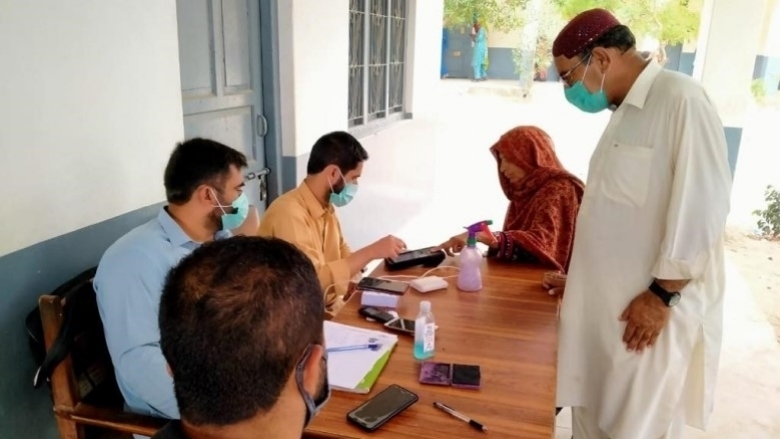Challenge
Pakistan has made important strides in poverty reduction, but it remains an unfinished agenda. While the country has lifted more than 23 million people out of poverty between 2001-02 to 2013-14, there are significant disparities in poverty rates between rural (30.7 percent) and urban areas (12.5 percent), with poverty having declined faster in urban areas.
Despite their critical contribution to poverty reduction, social protection programs in Pakistan were fragmented and limited in coverage, administration, targeting efficiency, and ability to respond to shocks. Traditional cash transfer programs had a sizable share of the social protection expenditure devoted to social security spending for formal sector workers and leakage of safety nets to the non-poor were significant. Less than 50 percent of expenditures reached the poorest 40 percent of the population by 2011. A revamping of the social protection mechanisms was needed.
Pakistan’s current safety net landscape is largely federal with several flagship programs supported by modern delivery systems developed through BISP. The Bank support has played a key role in addressing various challenges such as program fragmentation and improved targeting of pro-poor federal and provincial programs.
'It is miraculous. Over time with the benefits that we have received, our children have rejoined school. Payment of children’s school fee and other expenditures is easy for us.'
- Khalida, Faisalabad
Approach
The project strengthened the administration and performance of the country’s safety net with a focus on the BISP through roll out of a national targeting system and strengthening of safety net operations by capacity building of BISP. It also supported in enhancing safety net program management, accountability and evaluation; and developing the social protection policy and strategy to address the evolving challenges in the sector.
One of BISP’s most celebrated achievements has been the focus on female beneficiaries by making them the direct recipients of cash transfers and opening a pathway to national identification, a prerequisite for receiving payments. With an enhanced focus on digital payments, even the poorest women can now access branchless banking accounts for the first time in their lives. This novel approach has profoundly impacted women’s access to identification, financial inclusion and enhanced their agency and decision-making power.

